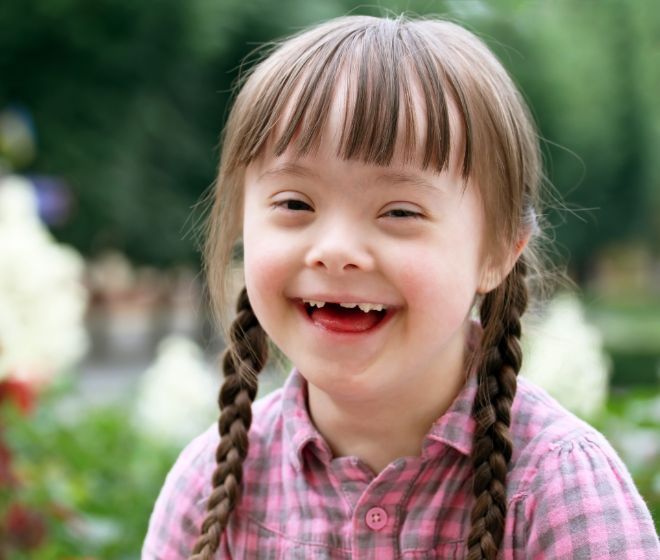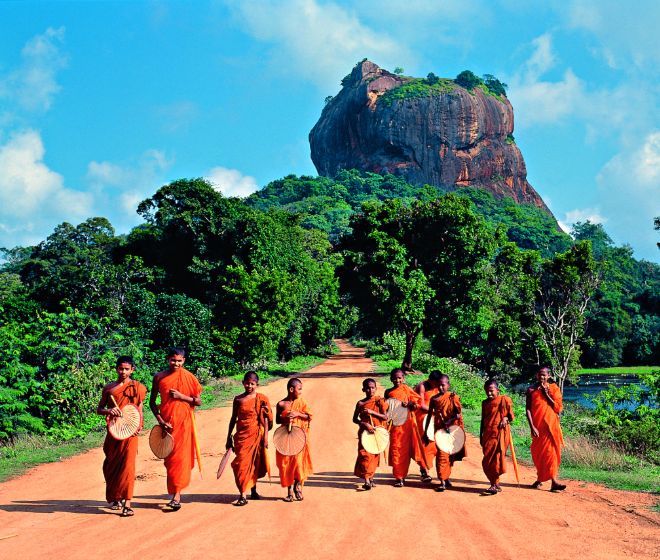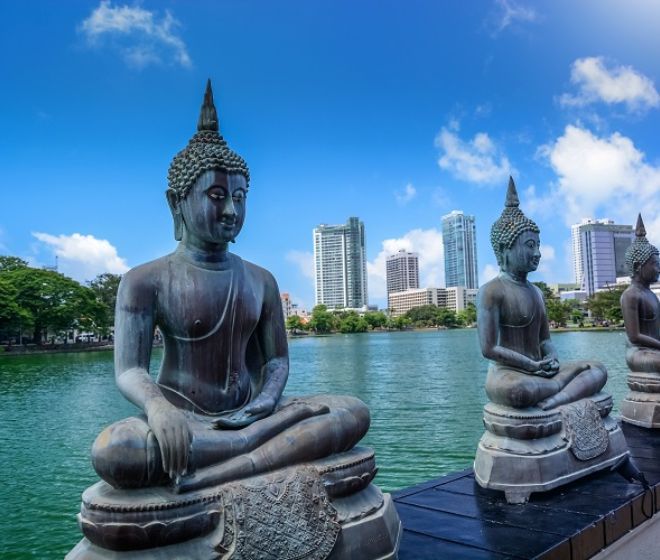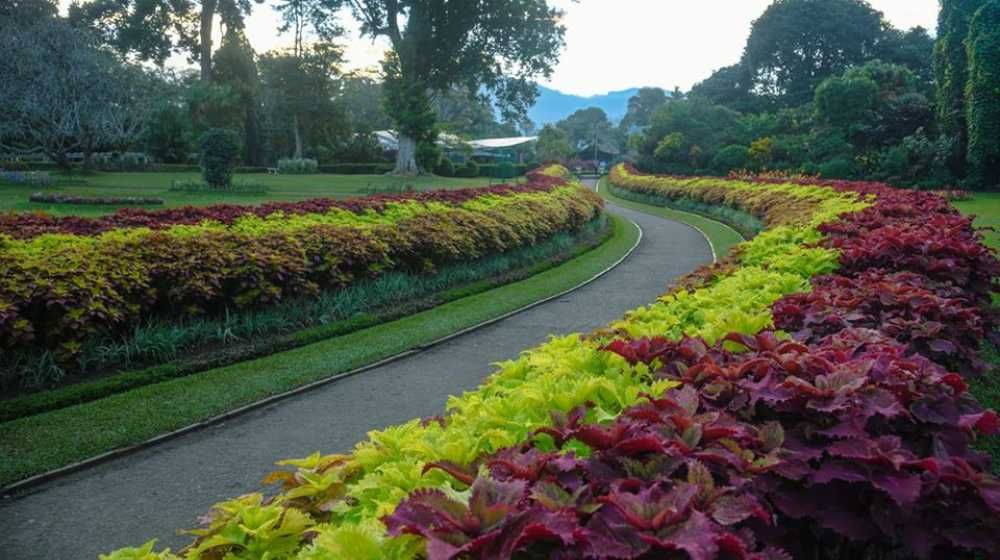
Royal Botanic Gardens Kandy Sri Lanka
Royal Botanical Gardens in Peradeniya is the oldest formal gardens in Sri Lanka. It is located 460 Meters above the mean sea level about 5 km to the west of the city of Kandy in the Central Province of Sri Lanka. Royal Botanic Gardens Peradeniya attracts approximately 2 million local and foreign visitors annually. The garden includes more than 4000 species of plants, including orchids, spices, medicinal plants and palm trees and is renowned for its collection of orchids and the long, palm framed pathways. It is managed by the Division of National Botanic Gardens of the Department of Agriculture and the National Herbarium of Sri Lanka is attached to it as well. It encompasses a total area of 147 acres. Though the groundwork for the current gardens were laid in 1821 by Alexander Moon, the origins of the Botanic Gardens date as far back as 1371 when King Wickramabahu III ascended the throne and kept court at Peradeniya near the Mahaweli river.
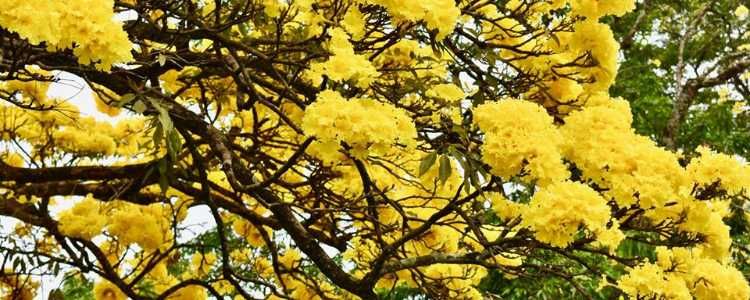
The Botanical Garden at Peradeniya was formally established in 1843 with plants brought from Kew Garden in London, Slave Island, Colombo, and the Kalutara Garden in Kalutara and it was made more independent and expanded under George Gardner as superintendent in 1844, after which it was controlled under a few superintendents till it was taken under the control of the Department of Agriculture in 1912.
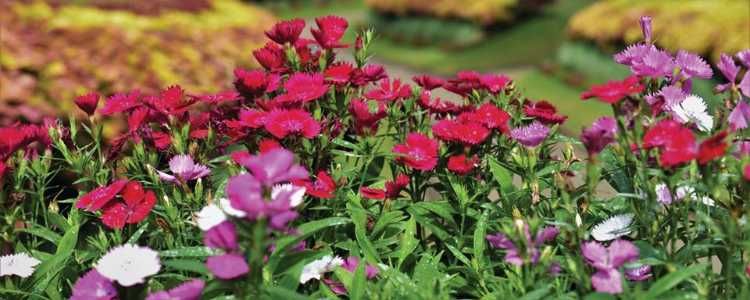
The Royal Botanical Gardens of Peradeniya was used as the South East Asian Headquarters of the Allied Forces during the Second World War as well. The Royal Botanical Gardens in Peradeniya was listed in the “10 great botanical gardens around the world” published by The Guardian in 2018. Big pergolas and wire arches are covered with glamorous climber plants with hard-to-pronounce names like Beaumontia and Saritaea, intertwined with the beautiful lilac-blue petraea, which are said to have grown more beautifully than in the Kew gardens itself.
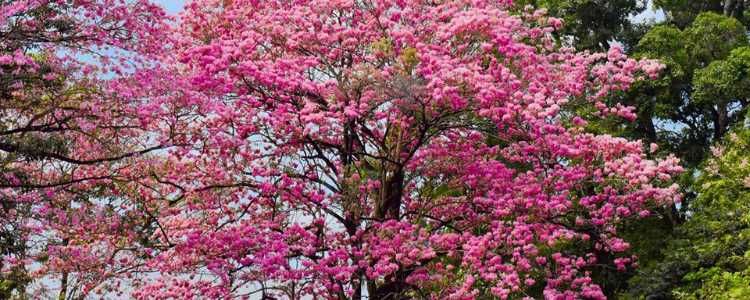
A small and neat orchid house built inside the Royal Botanical Gardens exhibits some of the best orchid species and the entrance is decorated with beds of red Salvia coccinea and scarlet poinsettias, with the main Broad Walk being created with fine evergreen trees, underneath which there are beds of the pretty “Prickly Bush” and “Blue Sky” flora. The National Herbarium of Sri Lanka – the leading institute for authentication of plants in Sri Lanka, is also located inside the Peradeniya Gardens.
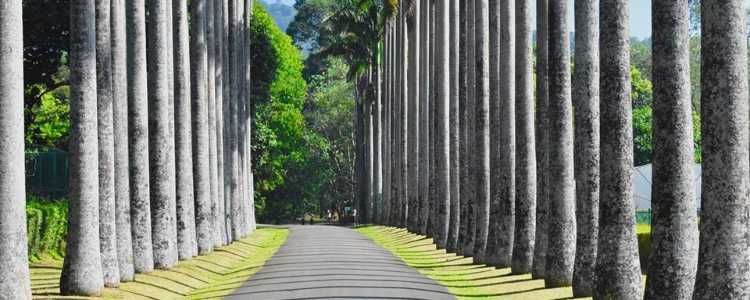
The key duties of this institute is to explore plants, identify them, and prepare specimens, documentation and revising of the floral wealth in Sri Lanka. The gardens also consist of a few historically prominent trees such as a massive Ceylon Ironwood tree planted by Nicholas II in 1894, a tea plant from China (1824) which is considered as the first ever noncommercial tea plant in Sri Lanka, a big Amherstia planted by Prince Albert of Belgium, a camphor tree planted by First female prime minister of Sri Lanka – Mrs. Sirimavo Bandaranaike in 1972, a BaikeaInsignis planted by the High Pontiff of the Muslim Dawoodi Bohra Community, Syedna Taher Saifuddin (RA) in 1941, a Yellow Trumpet tree planted by Crown Prince Akihito of Japan and his Crown Princess 1981, and the Sorrowless tree planted by Queen Elizabeth in 1981.

